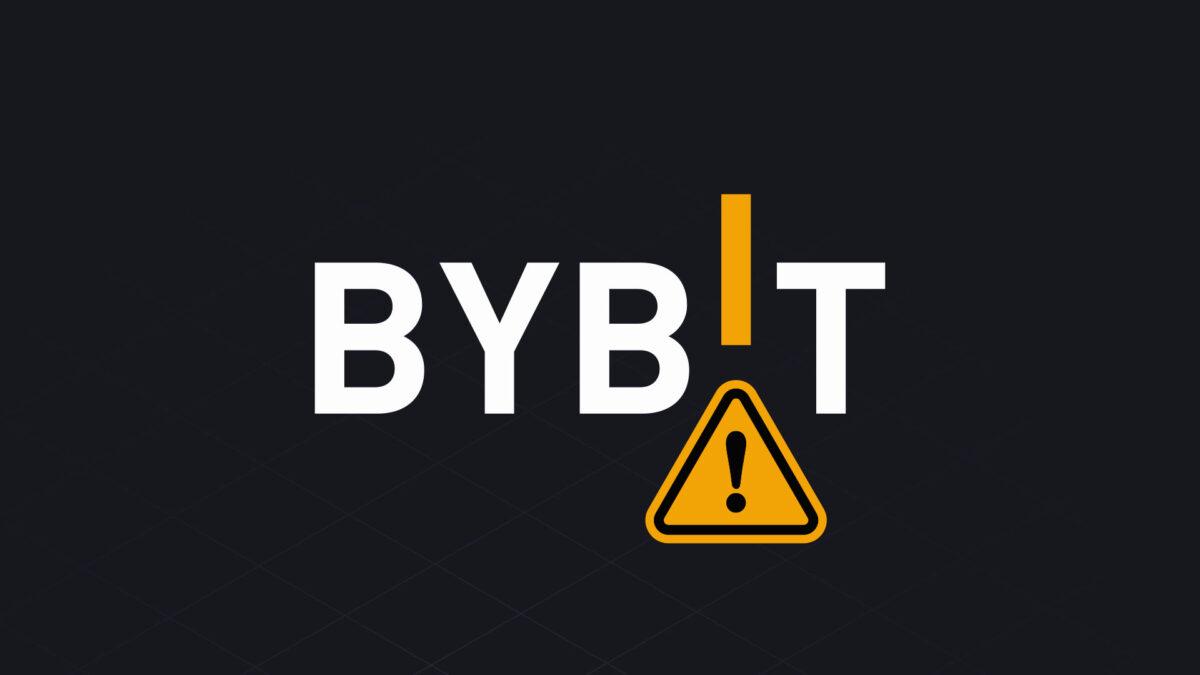Last month, another group of developers and students completed their Web3 studies in Lucerne, Switzerland through the Polkadot Blockchain Academy (PBA) ! Gavin personally attended the graduation ceremony and brought blessings and visions to everyone on graduation day! At the same time, multiple implementation teams of the JAM protocol also shared their journey in JAM with the graduates at the event, as well as their deep understanding of the JAM protocol !
Whether you are a developer who wants to join JAM, or an ordinary user who is optimistic about the future development of JAM, this article is worth reading and learning!
Abstract:
Introduction to JAM implementation team and motivation for joining JAM
The current state of JAM development : 38 teams, 15 languages, no boss, no orders
What are the short- to medium-term goals for JAM and the development team?
What will the migration path from Polkadot to JAM be like?
My feelings about JAM and my future expectations
What impact does JAM have on the entire blockchain market?
The core application scenario of JAM is national infrastructure?
This article is based on the "PBA Special: JAM with the Builders" event and is compiled by PolkaWorld. The original article is long, and OneBlock+ has simplified the content. If you want to read the full version, please check the original article:
🔗 Is JAM the only way to build a true Web3? Listen to what these builders say
📚JAM Implementation Team Introduction
Tomek: I'm from Fluffy Labs. About eight months ago, we decided to implement the JAM protocol in TypeScript, and this implementation is called Typeberry. During the development process, we also have a goal to improve the development experience of other JAM teams, so we are also actively building a tool chain related to JAM.
Daniel: I work on the jamixir team, mainly implementing JAM in Elixir. There are only two of us in our team. I started working on it after attending the PBA course in Hong Kong. I learned and developed it while sharing content on Twitter, hoping to let more people know about JAM. Although it is still a long way from being production-ready, it is very interesting at this stage.
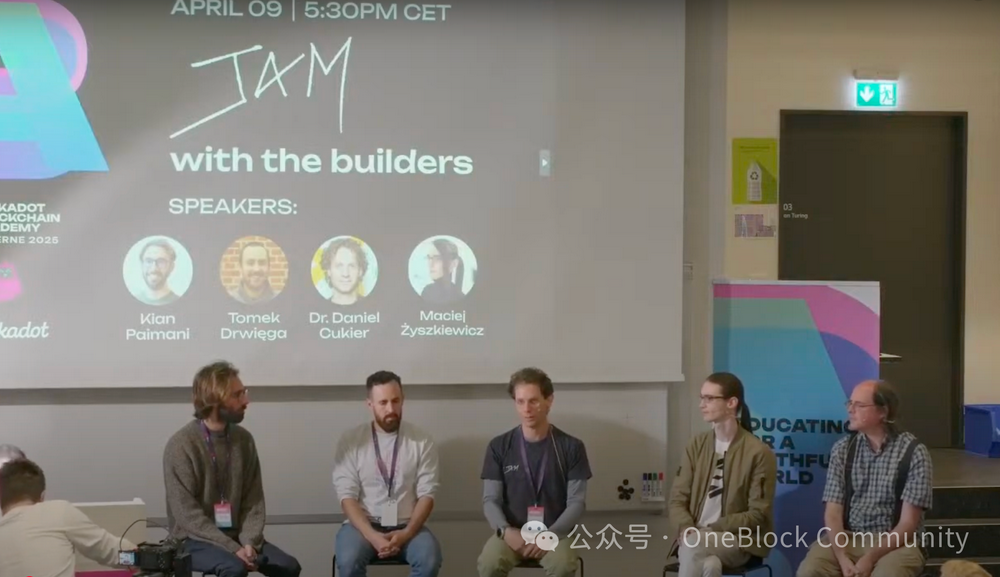
Maciej: I am on the Graymatter team, building the JAM implementation in Elixir. We have four people on our team, all part-time. You don’t have to be full-time to participate in JAM, you can also participate in your spare time, such as doing lightweight clients or tool development. We focus on collaboration with other teams, such as sharing tools and testing resources, hoping to make the protocol more robust together. I believe JAM is the future of Polkadot, and the abstraction capabilities it brings will open up new possibilities.
Alistair: I am currently the Chief Scientist at the Web3 Foundation, and my main job is to support the design of JAM from a theoretical level.
Kian: I am a project manager in the Graymatter team and I usually participate in JAM development part-time. The main purpose is to understand JAM more deeply by participating in early milestones and prepare for the future production environment.
🏄 Why join JAM development?
Tomek: At first I just thought it was fun and wanted to do it part-time. I worked on Polkadot at Parity and after taking a break I thought JAM was a good opportunity to come back and use my experience. After sharing it with friends they were also interested, so we started full-time.
Maciej: As a developer of Polkadot, I am often asked about JAM. I feel it is my responsibility to learn more about it, and the best way is to build it myself and read the gray paper. I believe JAM can bring new features that were not possible before, and because it is worth looking forward to, I am willing to invest time.
Alistair: I joined JAM because someone asked me about it. I think JAM's data availability design is very attractive, and I can't wait to see its application scenarios. From a deeper perspective, the Polkadot protocol is too complex to be understood by a single person. JAM's gray paper to develop understandable protocol specifications is an important step towards a higher performance system, which makes me very much look forward to its final results.
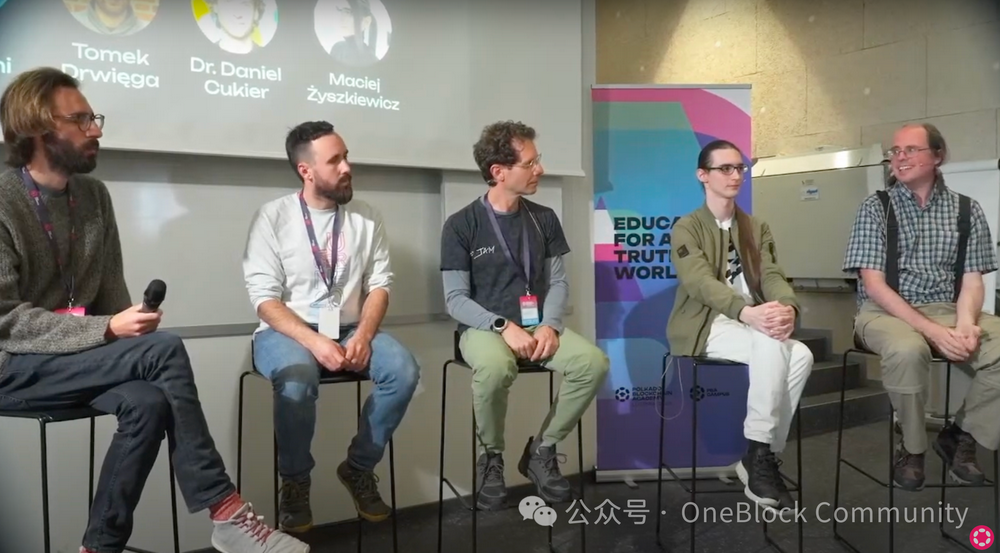
Daniel: My story begins with PBA (Polkadot Blockchain Academy). I just graduated from PBA just in time for the launch of JAM. The award incentive is a plus, but more importantly, the learning process, the collaboration with top developers like Gavin, and the understanding of the underlying protocol. I believe in Gavin's vision of Web3 - a truly decentralized, permissionless, and attack-resistant system, and JAM is the best opportunity to achieve this goal. I really want to participate in it.
Kian: Our team members have diverse backgrounds, including Polkadot veterans and newcomers who graduated from PBA. This shows that as long as you are willing to invest in learning and practice, no matter who you are, you can become a member of the JAM drive, and opportunities always exist.
🛠️JAM development status? 38 teams & 15 languages
Daniel: I think the design of the JAM reward program is very clever. It encourages developers from different backgrounds to independently implement the protocol around the same Gray Paper. Although they do not interfere with each other and do not know each other's code details, everyone follows the same specifications, gradually achieves interconnection and interoperability, and builds a truly decentralized network. A few months ago, teams were able to independently produce blocks and verify specifications with each other. Although bugs were encountered occasionally, it also promoted the establishment of positive interactions and community atmosphere.
The JAM Experience event will be held in Lisbon in May this year, when the JAM test network is planned to be launched, and a data center called JAM Toaster is also being built. This supercomputing cluster will be used for large-scale network stress testing, with hundreds of cores, PB-level storage and TB memory. At that time, various implementations will be interconnected in it, and the scene will be very shocking.
Tomek : Many people may not know that there are currently 38 teams publicly participating, covering about 15 programming languages. Some people may question whether so many implementations are needed - in fact, the goal is not to put all versions into production, but to cultivate an expert community. Just like Polkadot's existing technical fellowship, JAM chose to establish this knowledge network before the protocol goes online to lay a talent foundation for future upgrades.
Maciej : One of the core purposes of the award is to promote ecological prosperity through knowledge decentralization . PBA, JAM Prize, and Fellowship are all for the same goal: to let more people know, participate and truly understand the protocol, so that they can independently develop tools in the future and promote ecological development. If only a few people understand, the entire ecosystem is fragile. Therefore, we must pass on knowledge to truly ensure future success.
Kian : The important role of the current Polkadot Technology Fellowship is to prevent any single company from becoming a development bottleneck or knowledge monopoly. Through the award program, JAM has gathered more than 40 teams and hundreds of developers, and has made advanced deployments in the decentralization of knowledge. In the future, the maintenance and upgrades of JAM will be completely out of the control of a single organization , which is very remarkable.
🎯 What are the short- to mid-term goals for JAM and your team ?
Tomek : Regarding JAM, I sincerely hope that we can have a stable testnet within a year . As for our own team, since the performance of the language we use is not high, it may be difficult to reach Milestone 3, so we adjusted the goal to complete Milestone 2 (basic functions), and then turned to developing a browser light client to provide JAM access. JAM is a minimalist protocol that does not natively include tokens and governance mechanisms. All functions must be expanded in the form of services. Future upgrades will focus on underlying optimizations, such as quantum-resistant encryption or improving validator efficiency. As long as the upgrade does not have systemic risks, it generally will not cause community divisions.
Daniel : Our team uses Elixir language, and it is still uncertain whether we can reach Milestone 5. If we encounter performance bottlenecks, we can use Rust to implement the underlying modules and let Elixir be responsible for logical control. My plan is to stay in the JAM ecosystem for at least the next ten years . Because after JAM is completed, there will be a lot of service construction work in the future. Moreover, I like the current way of working: no company, no boss, no customers . We are a community of like-minded people, collaborating freely and sharing with each other, which is the best.
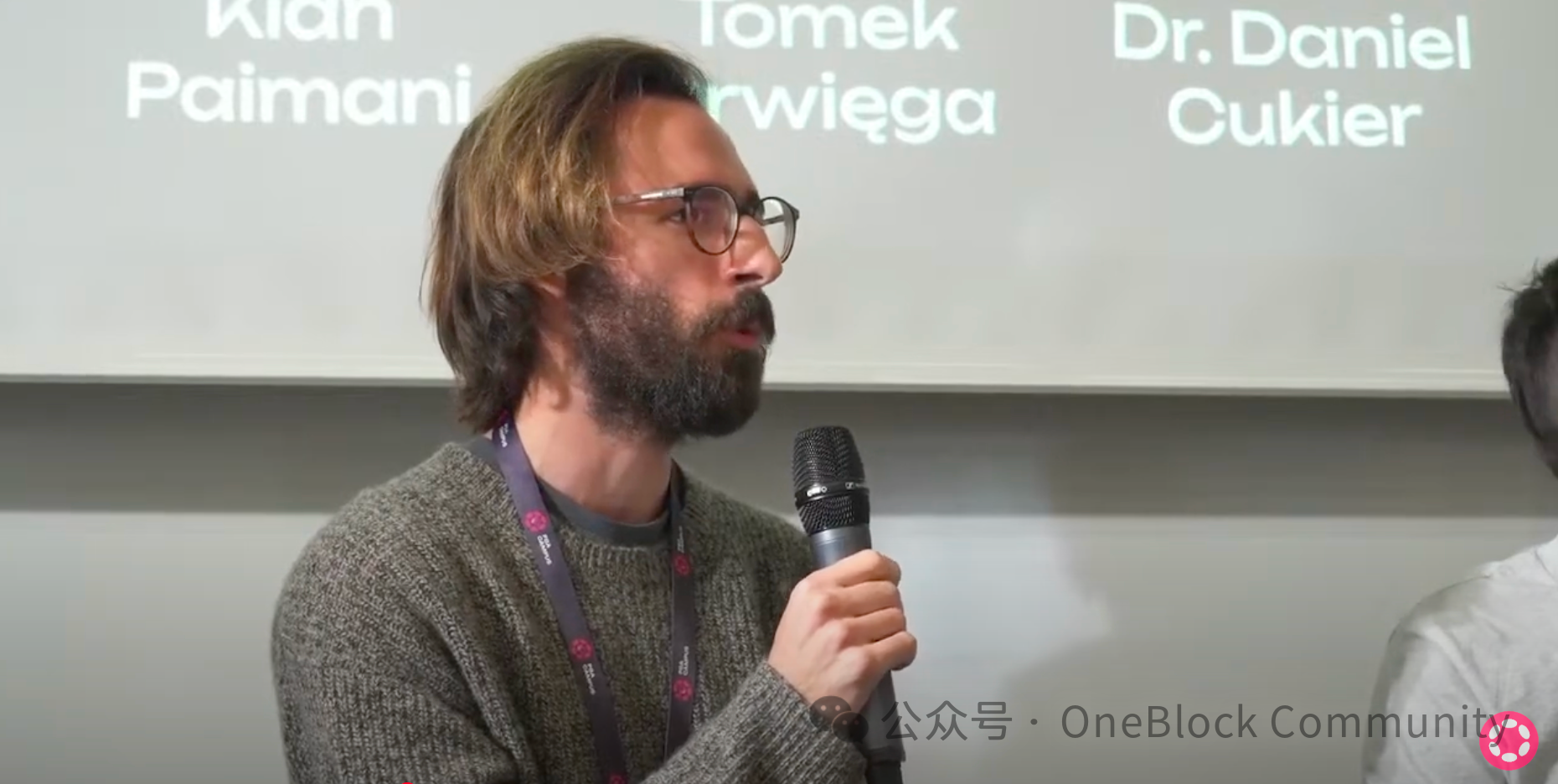
Maciej : I have only started to participate in the JAM project in the past month, and I am still in the stage of rapid learning and familiarization. At present, most teams are focusing on the first milestone (basic state transition function), and are about to face the core challenges of the sharding architecture - which is exactly the direction of my long-term research and development in Polkadot 2.0. Next, I hope to support the team to build ELVES (execution environment) and share the sharding experience with other teams. If all goes well, we should be able to see preliminary ELVES operation results on JAM within a year.
Alistair : My focus is: what features can we put into the first version of JAM, and which ones have to be pushed to the future . For example, the DKG protocol recently discussed by the Tenderbake team, if threshold encryption can be introduced, the burden on validators can be reduced by 40%, and the processing capacity can be increased by 40%, but this may not be able to catch up with the first version, and perhaps developers do not want to "be so tired right from the start". At present, the consensus layer of Polkadot still needs to be hard forked and upgraded. JAM will establish its own fork management mechanism in the future. Fellowship may play a more important role, and even set up a "JAM branch" to be responsible for major changes to the protocol.
🗺️ What will the migration path of Polkadot to JAM be?
Maciej : This question can be divided into two parts. First of all, it is clear that parachains still have a place in JAM, and there will be services to support their migration and operation. As for how to migrate, there is no conclusion yet. Whether a chain restart (Regenesis) is needed is also under discussion. In the end, technical fellowships and governance decisions may be required. We are accumulating migration experience in the Polkadot 2.0 upgrade, and I believe that these experiences will provide a lot of help for JAM migration.
Alistair : The most basic idea is to first develop a Core Chain Service that can support the operation of parachains on JAM . Most parachain nodes are built with FRAME and Cumulus frameworks, which are not difficult to adapt, and the logic is run first. More complex migration details, such as data and state retention, are the technical challenges of the next stage.
Kian : The current goal of Parity and Fellowship is to achieve seamless migration as much as possible. Although it is still in the early planning stage, the direction has been set. This year, Polkadot's multiple upgrades, especially the migration of functions from the relay chain to the system chain (such as Asset Hub), are to prepare for the future switch to JAM, "clearing" the relay chain, and laying the foundation for a smooth replacement.
📌What are your feelings about JAM and your future expectations?
Tomek: JAM is far more versatile than the existing Polkadot architecture. We can directly migrate existing parachains to it and it will still work normally. But the more important question is: what else can we do besides migrating existing parachains?
JAM has opened up many new possibilities for us, such as - will we still need to use the "chain" form in the future? Can there be a new model? What kind of new services can be built based on JAM? JAM does not have a fixed development framework. PVM is based on RISC-V and supports almost all mainstream languages. Developers can freely choose tools and define frameworks that suit them, which will become the foundation of the ecosystem.
Daniel : If you really believe in the ideals of Web3 - decentralization, censorship resistance, and chains that can run completely independently without relying on any centralized entity, at present, only Polkadot and JAM are still really insisting on doing this . Ethereum is actually "stuck", the technology is backward, and it is difficult for the community to promote major upgrades. Other chains that claim to surpass Ethereum are essentially operated by some centralized companies, and one or two entities can control the situation.
If we want to realize the real Web3, Polkadot and JAM are the only options. Of course, this road still needs more people to participate and build together.
Alistair : The dream of Polkadot and JAM is to build a truly decentralized and censorship-resistant protocol. Although the design is still under exploration, the various abstractions and general designs in JAM can open up new possibilities. For example, Gavin proposed the idea of "Coreplay" that year, which is a new idea that goes beyond the existing parachain. Although that idea did not officially become a PR (pull request) at the time, everyone who is interested can look through the Fellowship RFC repository.
Maciej : As the first sharded blockchain, Polkadot has many correct designs, but it has also accumulated technical debt. JAM is an opportunity to clean up these debts and reconstruct the protocol in a more concise and abstract way. JAM has a clearer architecture and simpler logic, which will be easier for future developers and the community to understand. If JAM ends up being just a copy of parachain, it will be a complete failure. What we really look forward to is the birth of new innovations based on JAM, and Coreplay is one of the directions I am most looking forward to.
🎙️Q & A session
Q: Polkadot is ahead of other blockchains in terms of decentralization. Are governments and institutions really ready for full decentralization?
Daniel : I firmly believe that the core application scenario of JAM is as a national infrastructure . There are actually only a few countries in the world that are completely independent in terms of technological infrastructure. Most countries actually rely on centralized cloud service providers such as Google and Amazon. For example, I am Brazilian, and Brazil has a population of 200 million, but even with such a large population base, Brazil cannot catch up with the infrastructure level of Amazon and Google. In the end, most countries can only rely on large companies in the United States or China.
But if these countries can build their own infrastructure based on blockchain and systems like JAM, they can truly achieve technological sovereignty, and they no longer need to trust a certain country or a large company. So I think Polkadot and JAM are the only way for countries to achieve technological autonomy . If they trust Ethereum, they are actually trusting two centralized nodes mainly hosted in the United States, which is not sovereignty at all. Only Polkadot and JAM can give these countries real sovereignty.
Q: I have just completed an intensive training course and learned the Rust language and other knowledge. Now I want to participate in the JAM project. How should I participate?
Maciej : First, you can take a look at the gray paper page. Read the gray paper once, but don't ask yourself to understand it 100%. Just take a quick look and get a general idea. Then there is an "implementation team list" on the gray paper page, which lists the various teams involved in the implementation. About 40-50% of the teams have left contact information (such as Telegram accounts or email addresses). You can search on Google by name, or send them a message directly. If you want to join an existing team directly, this is the recommended path. Of course, you can also find classmates or friends to form a new team.
Tomek : There is another way - you can join the Element group (a decentralized chat platform). There is also a link to the Element group on the Gray Paper website. There are two main groups: one is the Gray Paper discussion group, and the other is the JAM group. You can send a message in the group, introduce yourself, and say you want to join the project. Many JAM developers are in it, and some of them have their own smaller team groups and will invite you to join.
Daniel : There are about 35 teams working on this right now. Some teams may not accept new members for now, but there are many teams that are open. I suggest you contact several teams and try to see which one is right for you. If there is really no suitable one, you can form your own team and move forward together.
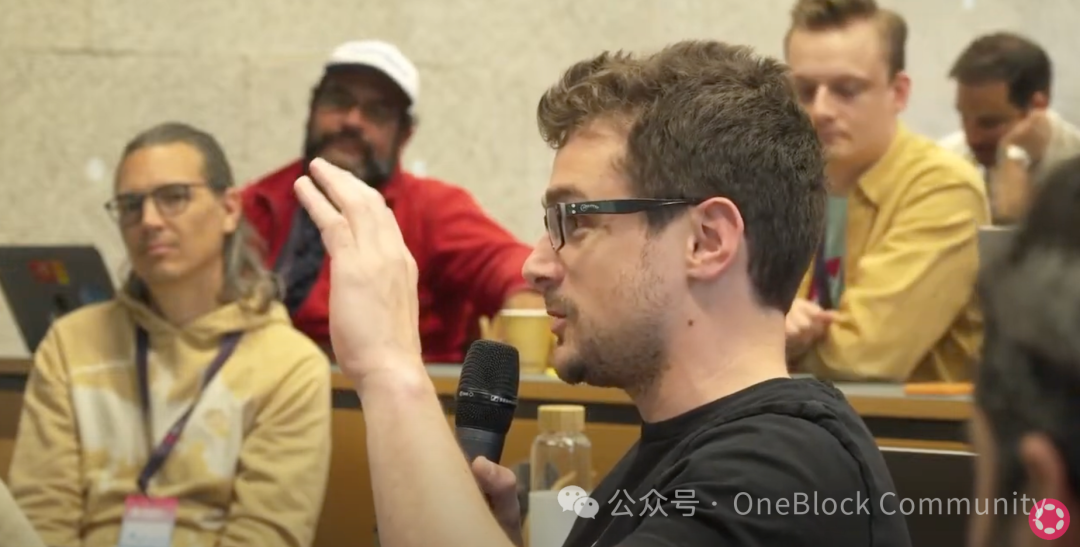
Q: What current user needs or functions cannot be achieved on Polkadot and must be met by turning to JAM?
Maciej : I think the first thing that comes to mind is the concept of " Coreplay ". Although I don't know much about this, as far as I understand, Coreplay can achieve an unlimited execution - the code can be executed step by step on the chain across multiple blocks, and it supports writing logic such as for loops in ordinary programming languages. This kind of function is currently not available on Polkadot, but JAM may achieve this.
Alistair : In fact, there is nothing that cannot be done on Polkadot, but some things will be easier and more efficient on JAM . For example, something like Corplay, in theory you can also implement it on parachain, but you need to manage state access, cross-chain data coordination, etc., which is not easy in the current model.
In addition, the way people use Polkadot now is far from its full potential . Everyone is still stuck in the idea of "one team makes one chain, and they are all similar." When we designed Polkadot's Crowdloan system, we imitated the mechanism of the 1C0 craze to some extent, which may not be a good direction. With the launch of new features of Polkadot 2.0, we are already exploring paths beyond the parachain model, and JAM is the next step in this evolution. In short, in theory, there is nothing that parachain cannot do, but no one has really done or solved these problems.
Q: What impact does JAM have on the entire blockchain market? Will it become the industry standard in the future?
Maciej : This question actually forces us to make a bet. All of us are working on JAM because we believe that JAM has the potential to become an industry standard. Looking back in the past, such as the migration of Polkadot Hub and Asset Hub, many people like to develop on Solidity, so we provide them with Solidity smart contracts on Polkadot. Similarly, JAM will also support more cross-chain bridges, allowing people to migrate assets from Ethereum or other ecosystems. Overall, JAM will cover different market segments and user groups. As long as there are complete smart contract tools within the ecosystem, it is hard for me to imagine any needs that the Polkadot ecosystem cannot cover in the future.
Alistair : That's right. We had a technical advantage at the beginning, and now we are further strengthening this advantage. But we also realize that Polkadot is not friendly enough in terms of deployment and user experience, so improvements in this area are very important on JAM. If the JAM protocol is to succeed, it must allow more developers to easily build applications on it.
Q: How many stages are there in the development of the JAM protocol? How many teams are really working on the final product?
Daniel : The development of the JAM protocol is divided into five stages, from basic functional implementation to final audit and production-level performance.
Milestone 1 (Phase 1) : It is to realize the correct execution of "block import" and "state transition function". Although it is not a complete implementation of the entire protocol, it is roughly halfway completed.
Milestone 2 : Build a complete node, including all off-chain related modules. For example, the data availability layer and the communication network between nodes are all off-chain parts. At the second stage, you basically have a complete node that can run, although the performance may still be poor.
Milestone 3 : Optimize performance to a level similar to Kusama. This means that the node can at least be used smoothly in a test environment.
Milestone 4 (Phase 4) : Further optimization to a performance level close to Polkadot’s production environment to support official launch.
Milestone 5 : After being reviewed by an independent auditing agency, it is confirmed that this software is safe and reliable and can be deployed anywhere with confidence.
Currently, there are 38 teams openly participating in JAM development on the official gray paper website, of which about 20 to 25 teams are truly active and continue to advance. There are about 15 to 20 teams willing to participate in offline communication and coordinated development. Judging from the progress of these teams, most are expected to advance to the third milestone, and some even have the opportunity to complete the final fifth milestone.
However, the subsequent stages of the protocol still face many challenges. At present, the gray paper has not been fully detailed in key parts such as the consensus mechanism, and related development has not been further advanced. In addition, whether the incentive intensity of the fourth and fifth stages is sufficient may also affect the team's willingness to stick to the end. My guess is that at least 8 mature JAM implementation versions may be born in the end - this number is far more than any other blockchain protocol.
🔗 Original video: https://www.youtube.com/watch?v=uJ2osjrg3P4&t=724s







